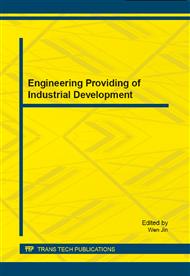p.83
p.90
p.99
p.105
p.111
p.117
p.124
p.130
p.136
The Channel Capacity of Dual-Polarized MIMO Mobile Satellite System
Abstract:
Applying Multiple-Input Multiple-Output (MIMO) technology in terrestrial wireless networks can obtain large capacity gain. Therefore, MIMO technology is widely applied in satellite communication system, in which orbital positions are increasingly crowded and frequency resources are of shortage. This paper attempts to research on channel capacity in 2×2 dual-polarized MIMO mobile satellite (DMMS) system and discovers that when XPD (Cross Polarization Discrimination) is above zero, the channel capacity increases approximately linearly with the XPD within certain range. Adding Ricean factor K in consideration of its special features, the system’s capacity increases with the Ricean factor K. Simulation results demonstrate that the application of MIMO technology in satellite mobile communication system can improve the channel capacity significantly, providing great support for the development of future satellite MIMO technology.
Info:
Periodical:
Pages:
111-116
Citation:
Online since:
September 2014
Authors:
Price:
Сopyright:
© 2014 Trans Tech Publications Ltd. All Rights Reserved
Share:
Citation:


